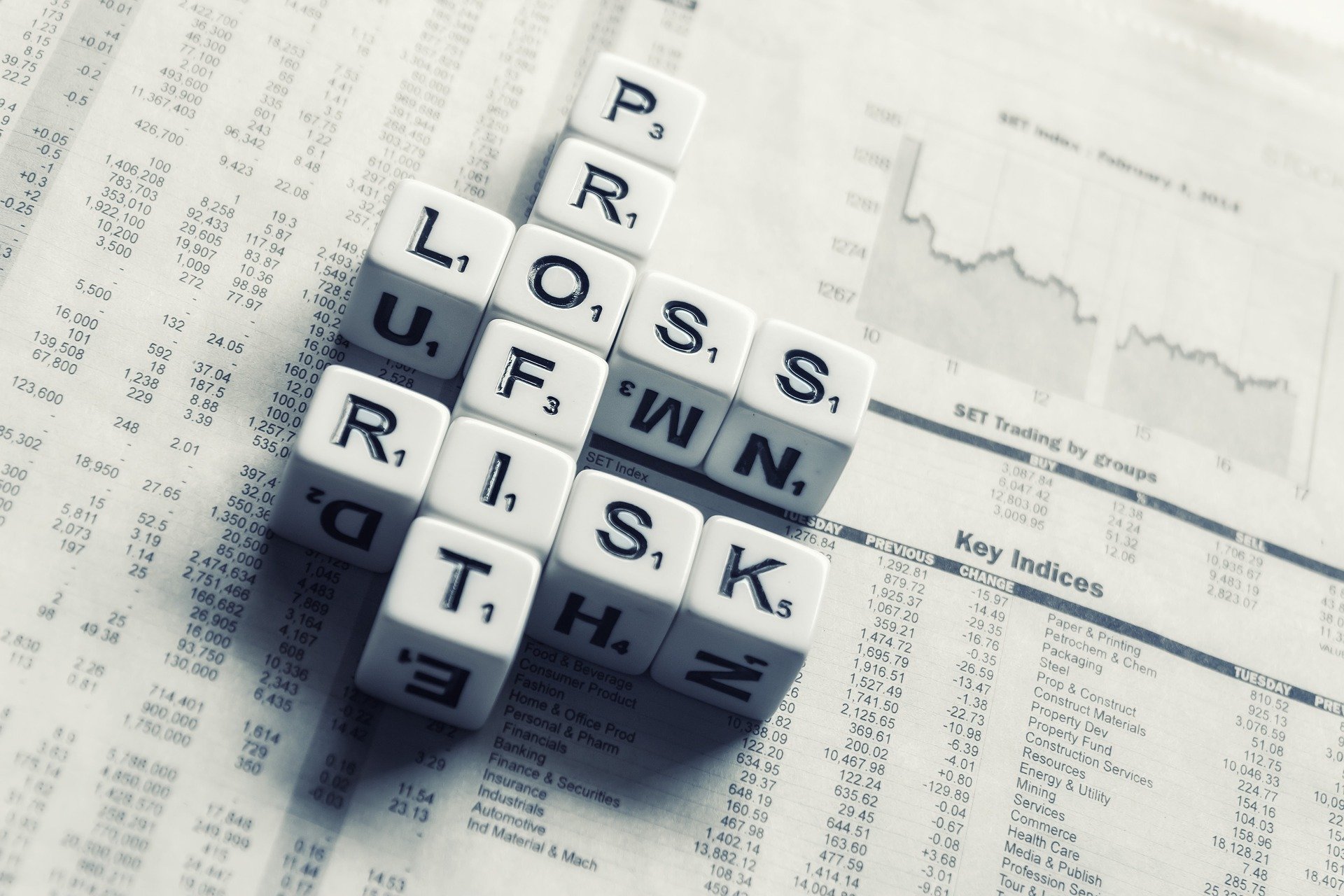Resilience through compliance
Compliance is generally defined as the observance of requirements and laws resulting from various conditions. The term became established in the business world a long time ago. Entrepreneurs and business people have always had to comply with specifications in order to be able to sell their goods. Initially, these specifications were shaped by the behavior of the general public and the businessmen themselves. Compliance in today's sense is to be found above all after the establishment of trading companies, in which defaults had to be kept, in order to avoid consequences up to the insolvency. On the one hand, compliance serves as protection against damage to a company's reputation, but on the other hand, it protects against a loss of trust by the customer. For example, a scandal can change the view of a company and reduce trust with economic impairment and damage as a consequence. This creates [...]


